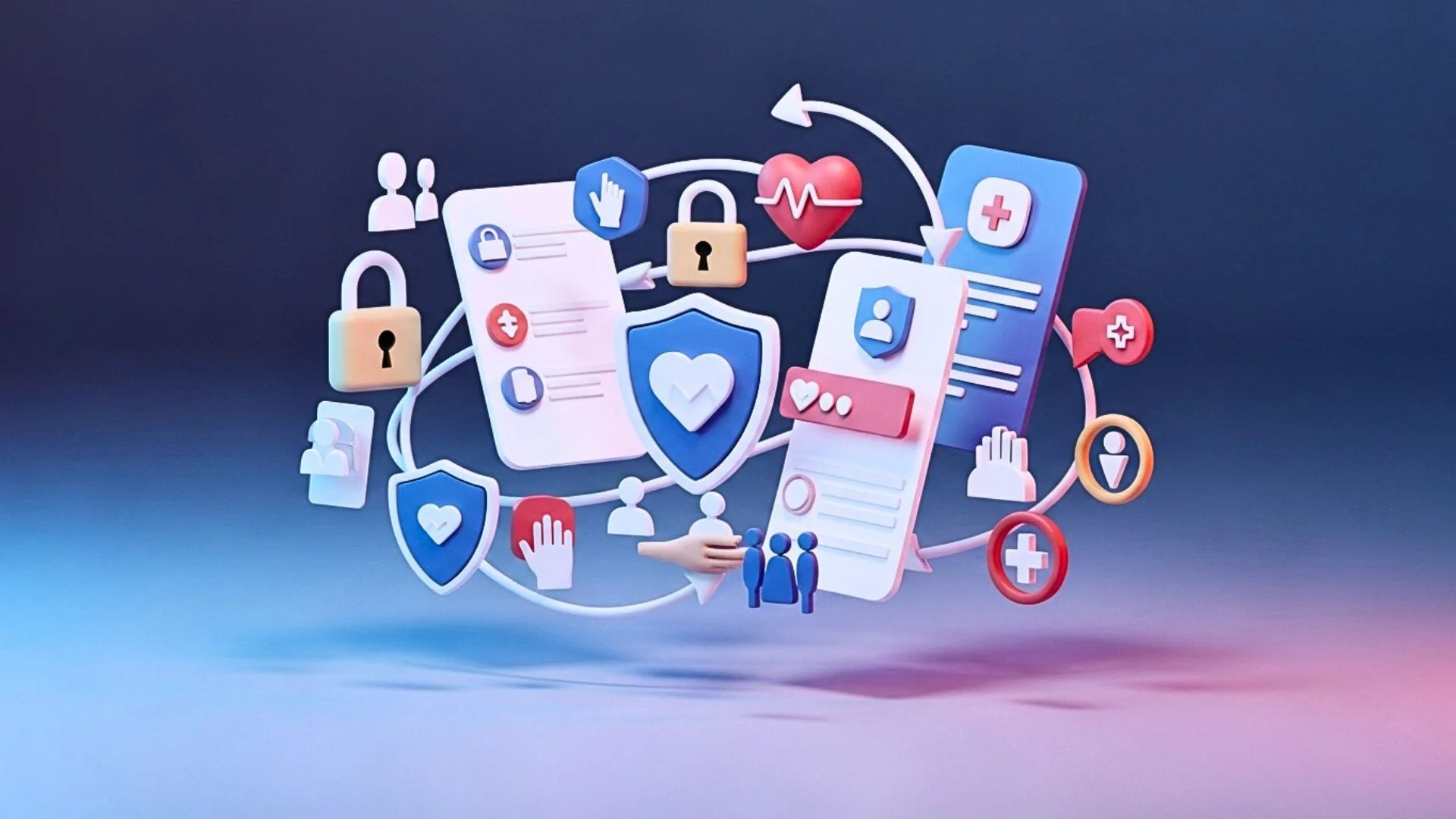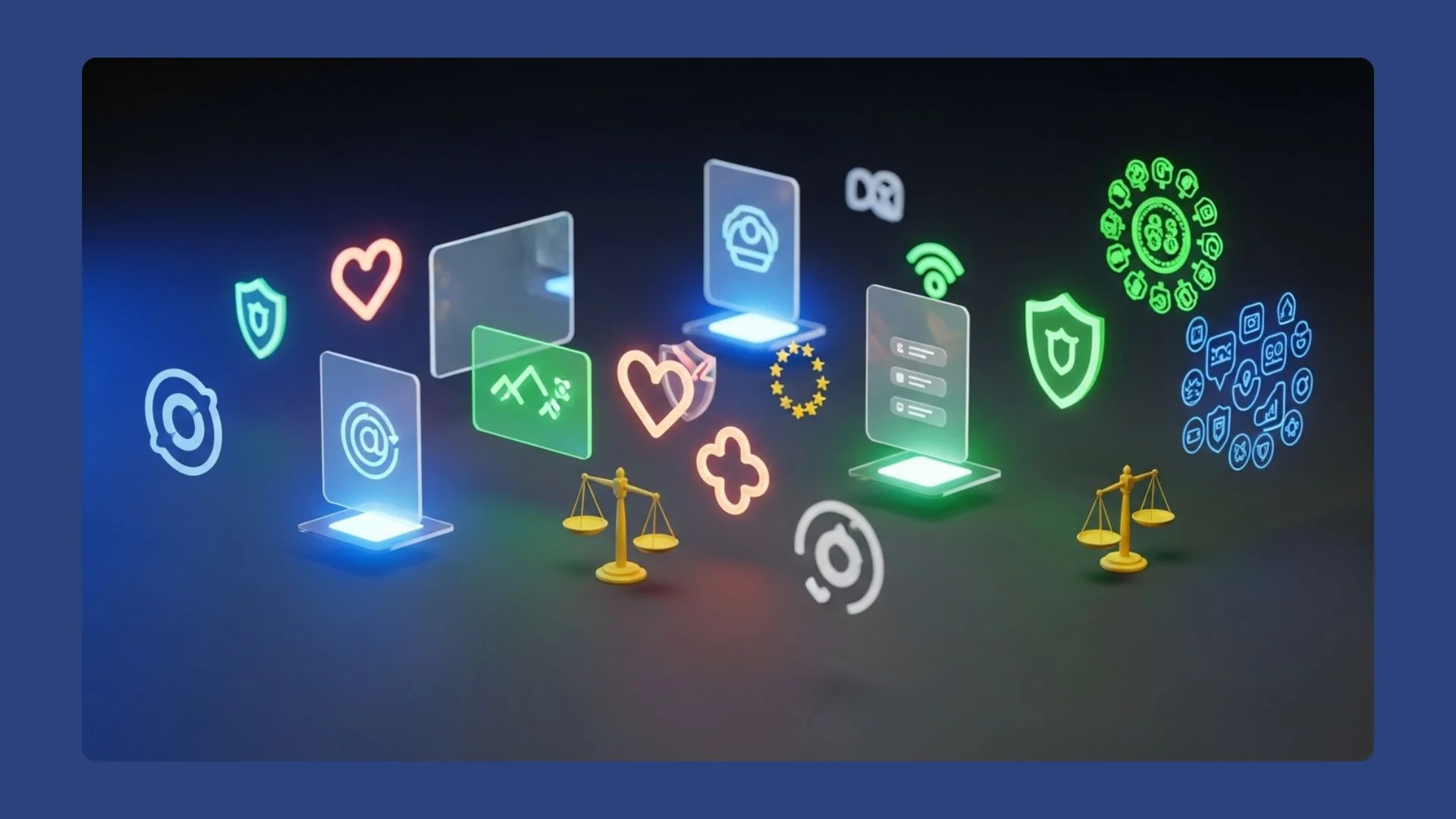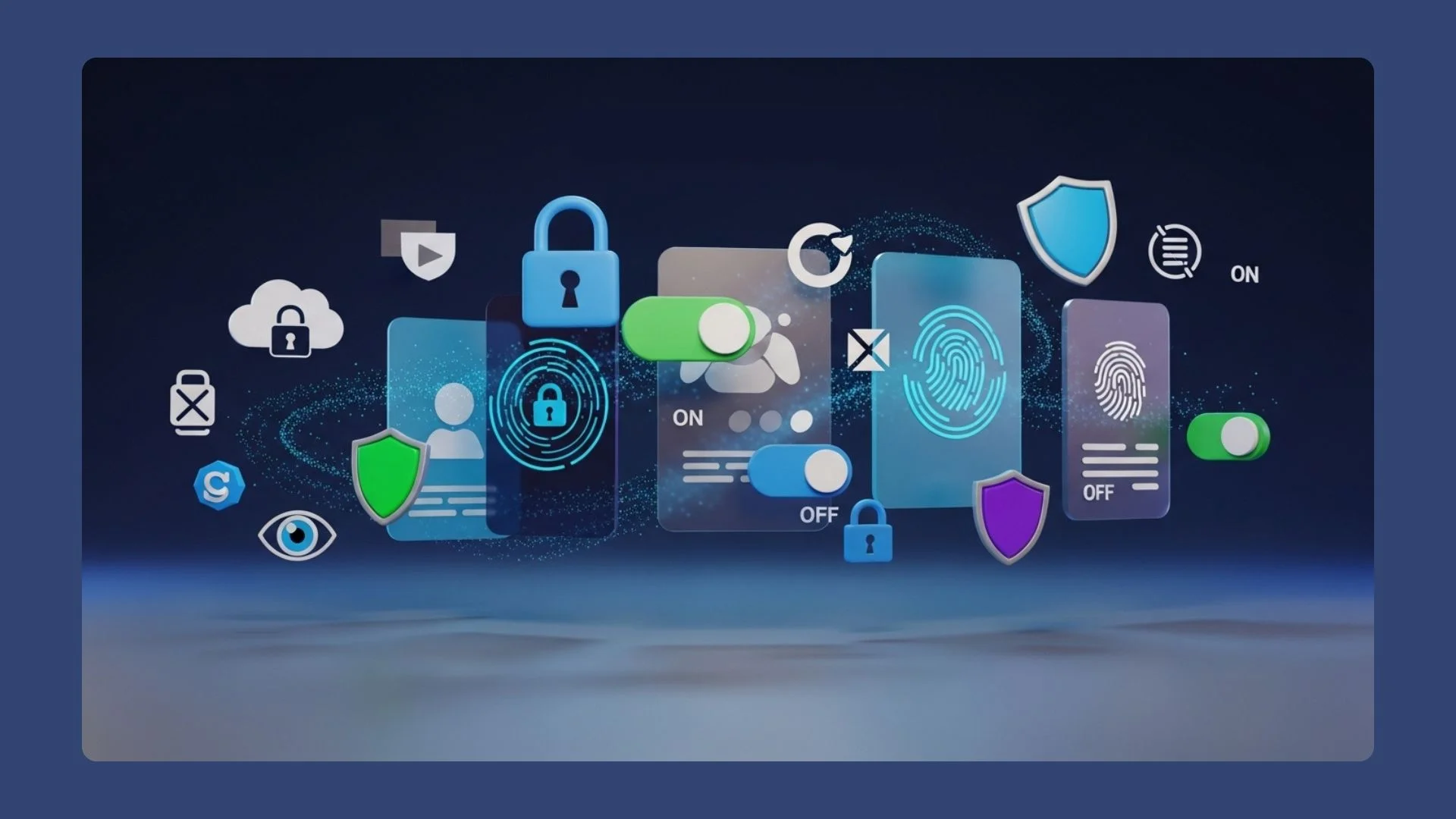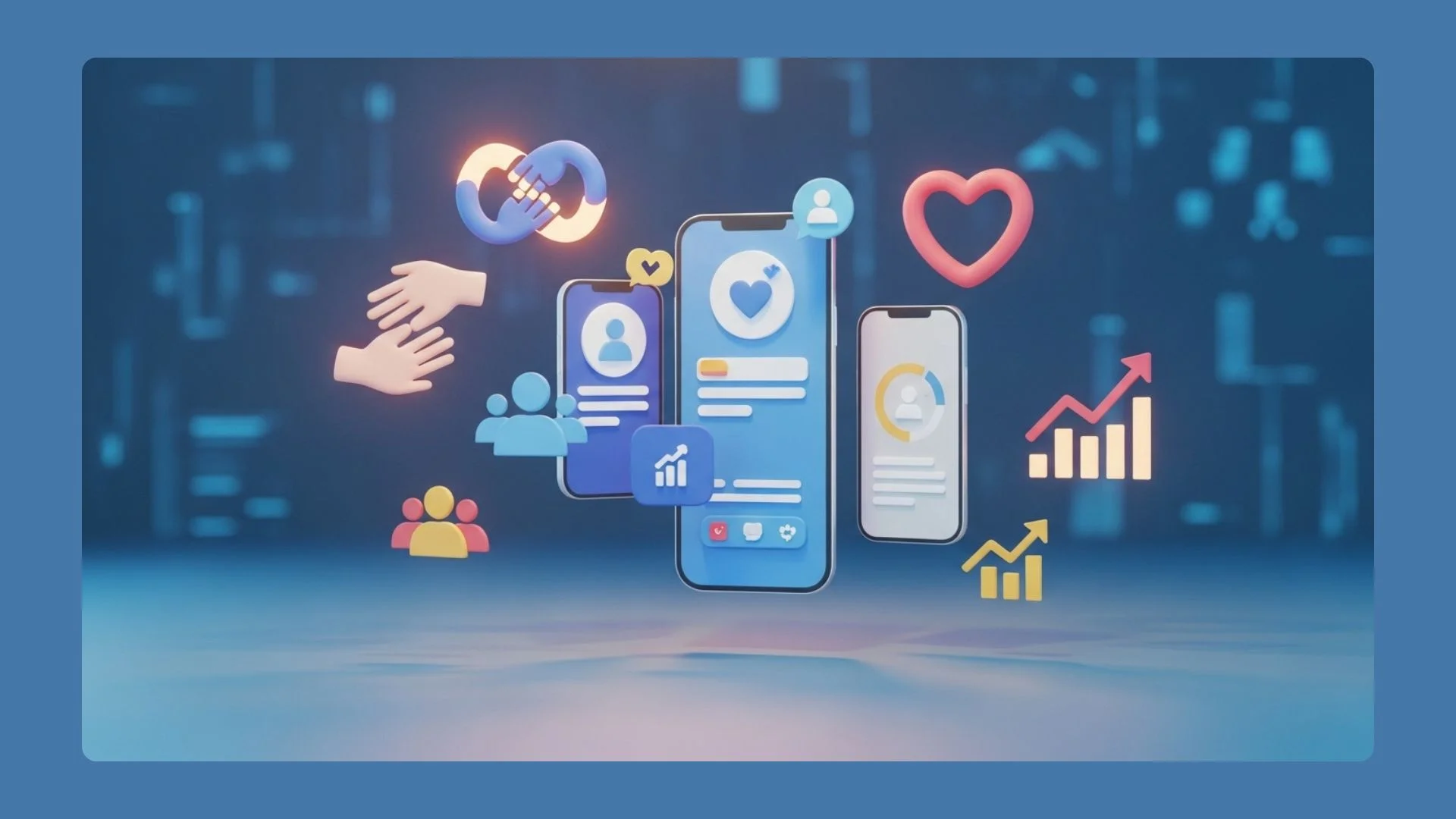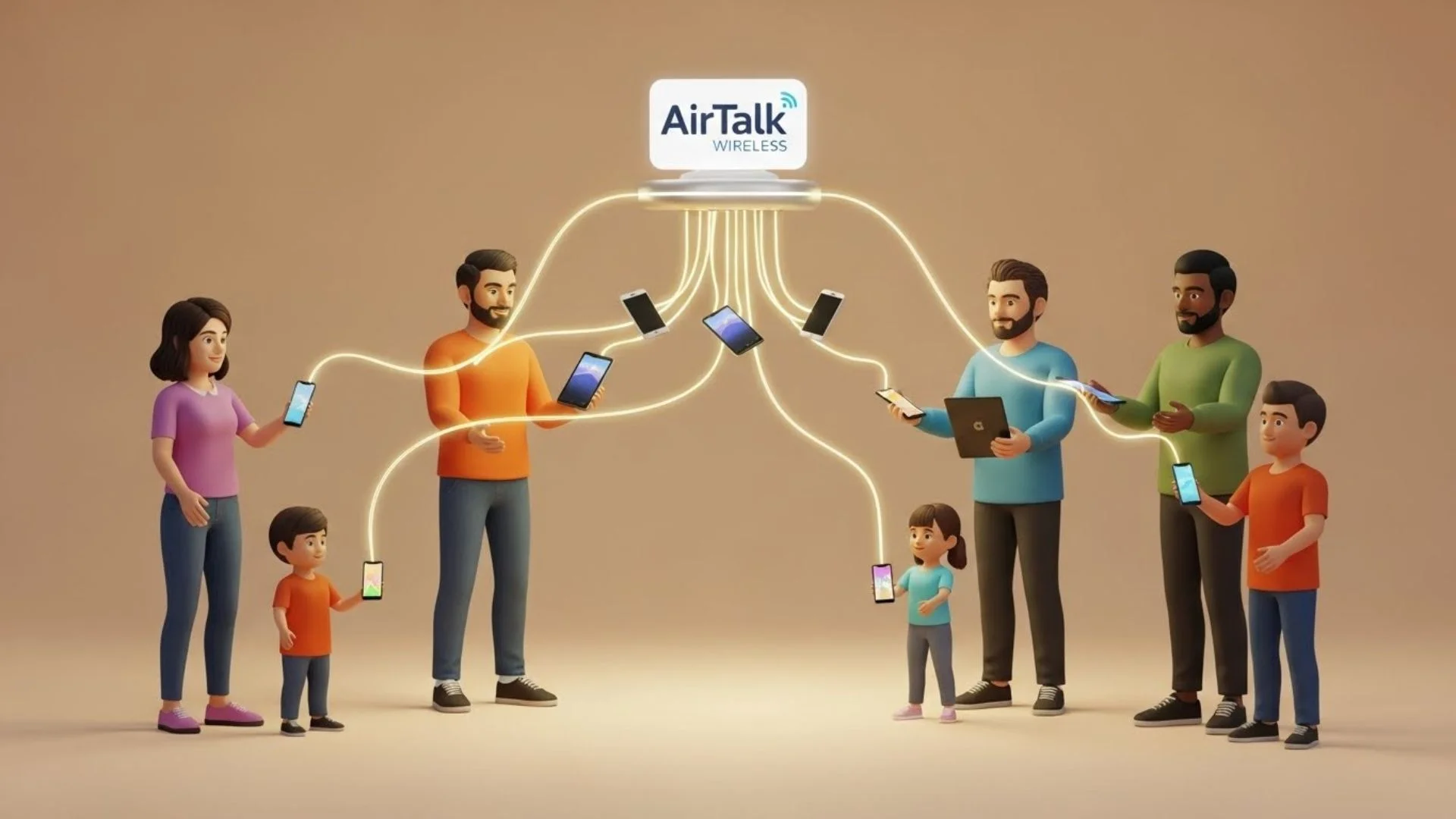In the early days of app development, speed and scale were the only goals. Organizations treated privacy like an afterthought that some leaders valued and others didn’t, buried somewhere between version updates and growth metrics. And by the help of Ethical App Development users had many options to choose from.
But users have changed. But people have changed. They read privacy labels, ask about permissions, and call out terrible design that tries to trick people as harmful practices that others should stay away from, which gives them bad PR. As digital habits mature and become more widespread, expectations change and become more rigid.
Ethical app development has shifted from being a nice-to-have to a core business principle, as developers are now expected to protect, respect, and design for user benefit, not just for profit.
This article covers the rise of ethical app development, allowing organizations and developers to focus on consumer privacy as well as quality.
The Ethics Shift in App Design
Ethics used to be something discussed in philosophy classes, not product meetings. Today, it’s a defining business differentiator. Transparency has become a selling point.
Companies that openly explain what they collect, why they collect it, and how it benefits users are the ones earning loyalty. Hidden trackers and unclear data policies no longer pass unnoticed.
The turning point happened after years of data misuse and scandals that dominated headlines.
When users realized how often their data was sold or leaked, their trust was lost. That resulted in many users deleting their apps and others even switched to privacy-first alternatives. It was a global wake-up call. Developers who didn’t follow ethics lost both downloads and reputation.
Now, brand trust and ethical coding go together. A well-coded app doesn’t just run smoothly; it also treats data responsibly. When you start using encryption and following compliance rules, that’s when you start building apps the right way. It’s about writing code with a purpose, making sure that every feature helps users as much as it helps the business.
Building Privacy by Design
Privacy by design is not just a way to keep things safe. From the first line of code, it’s a way of thinking that is incorporated into the development process. The premise is simple: get less, explain more, and always let consumers have power.
Apps should only ask for the data they really need. Asking for explicit consent makes sure people know what they are agreeing to. When you include clear permissions, this shows that you’re being honest with users, not just following the rules. This way, you replace long, confusing fine print with simple language that people actually read.
Developers have started embedding privacy features early, rather than patching them in after launch. Privacy dashboards, anonymization tools, and flexible permission toggles are now becoming standard. It’s easier to build trust when privacy isn’t a bolt-on but a foundation.
Big rules around the world, like the GDPR (General Data Protection Regulation) and the CCPA (California Consumer Privacy Act), are pushing privacy and consumer protection to new levels. This means that companies have to pay attention and make big changes to how they do business.
These two regulations may have started in specific regions, but they’ve shaped global expectations and now, even apps without any European users include these regulations within their design profile. When developers choose privacy as a design principle, they choose sustainability in the digital ecosystem.
Designing for Well-Being and Inclusivity
Designing in an ethical way focuses on user care and centers on how it makes them feel to inform design decisions. In practice, this means identifying practices to avoid, such as dark patterns, endless scrolls, and manipulative notifications, which are all now falling out of favor as they are replaced by ethical practices.
App developers are gravitating toward balanced interfaces that no longer aim to promote obsessive and prolonged use. Apps often now support disconnection for users by setting limits on use, and tracking emotional well-being is evidence that apps can satisfy users alongside business goals.
Accessibility is another pillar of ethics. Designing for people with disabilities or diverse needs is not optional; it’s a responsibility. An ethical app is one that everyone can use comfortably, regardless of ability. This can mean better screen-reader support, more contrast options, or thoughtful layouts for neurodiverse users.
Some of the best examples are found in mindfulness apps and sustainability-focused platforms. They show how purpose-driven design can improve both the user experience and the planet’s health. These developers are proving that good ethics often lead to good engagement.
Aligning Purpose With Product
Purpose-driven tech companies are growing faster than their competitors for a reason. When a product is built around a clear moral purpose, it naturally attracts trust and long-term loyalty.
The app market is crowded, but ethics are slowly becoming a quiet but powerful advantage for developers. Many well-being-savvy app users are on the lookout for transparent monetization models, open-source transparency, and responsible use of data-driven insights. When they see these practices, they become loyal to apps and their developers because they value tools that align with their values, instead of trying to create new desires that don’t fit their needs in reality.
Developers also have a big role in keeping algorithms fair. How an algorithm ranks content, filters users, or personalizes experiences can have real-world effects. Ethical coding simply means spotting and fixing bias before it causes problems. That’s why every recommendation engine, hiring platform, or AI chatbot should reflect the values and care of the people who built it.
Expanding Ethics Across Marketing and Channels
Ethical design isn’t just about building the app; it also includes how a company talks to users. Marketing teams face the same responsibility as product teams. If a company promises privacy, it needs to keep that promise in every message and campaign.
Brands promoting transparency often reflect it in cross channel campaigns, ensuring consistent values across social, web, and in-app experiences. The way they write, the images they use, and the promises they make should all match what the product actually does. This consistency builds credibility, and people can even tell when a company is truly ethical and when “privacy-first” is just for marketing.
Real ethics carry across every platform. The same honesty that goes into an app’s design should show up in ads, emails, and push notifications. When transparency becomes part of how a company operates, that’s when trust naturally follows.
Conclusion
The growth of ethical app development shows that digital culture is growing up. It’s not about who can get the most users or data anymore; it’s about who can earn confidence that lasts.
Developers and corporations that care about ethics are doing more than just making apps; they’re making digital lives better. The shift from privacy to purpose isn’t just a trend; it’s the next standard for technology that people really believe in. The Rise of Ethical App Development, the nandbox App Builder is a platform that stands out because it lets developers make apps that are honest, open, and trustworthy. Nandbox protects sensitive data with strong encryption, reliable hosting, and design principles that follow the rules. Its infrastructure is safe and focused on privacy. Its no-code environment makes it easy for enterprises to add ethical features including collecting data with consent, designing for users, and communicating clearly. By adopting nandbox, developers and businesses can make apps that are not only useful but also follow modern rules about privacy and ethics.
